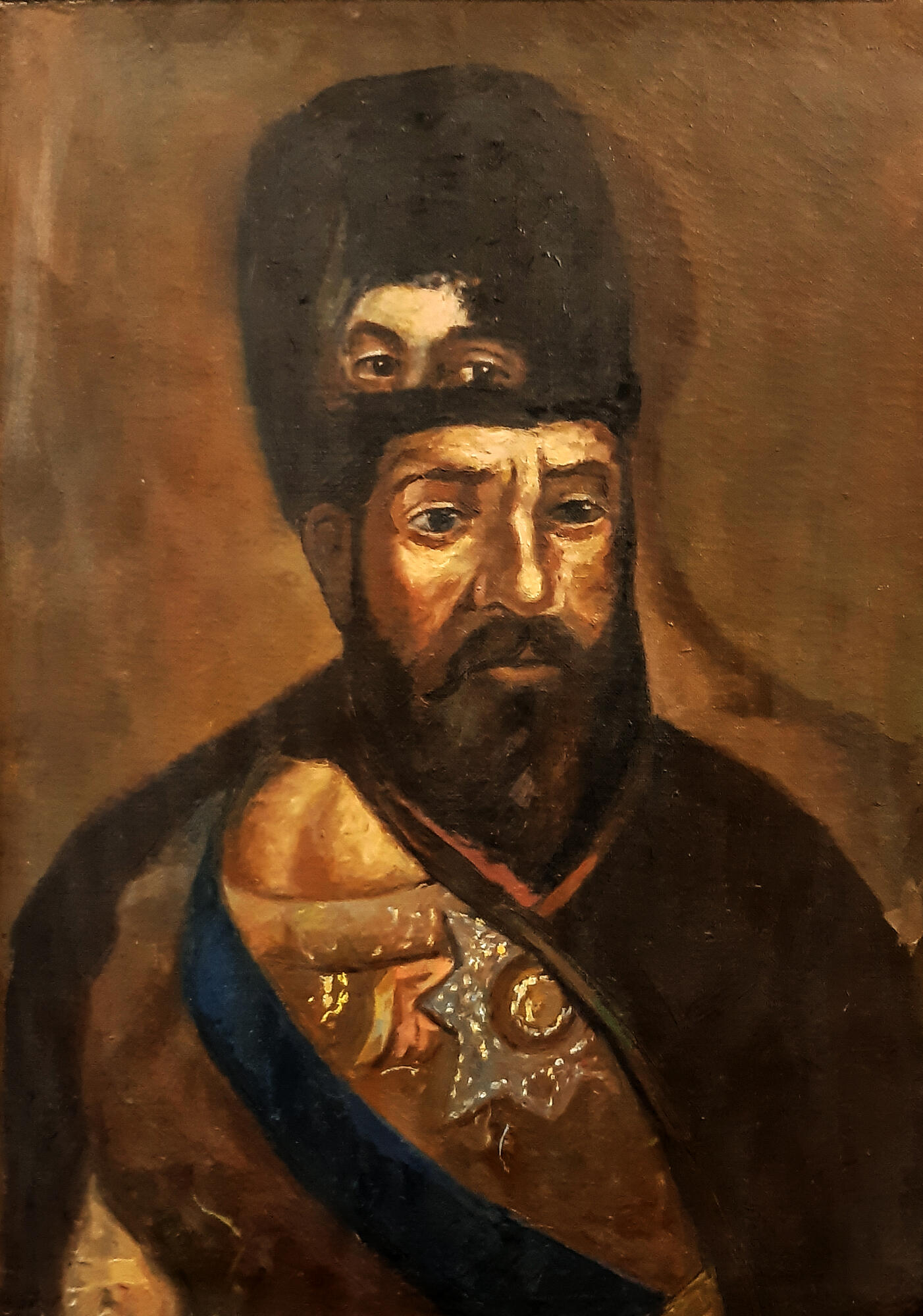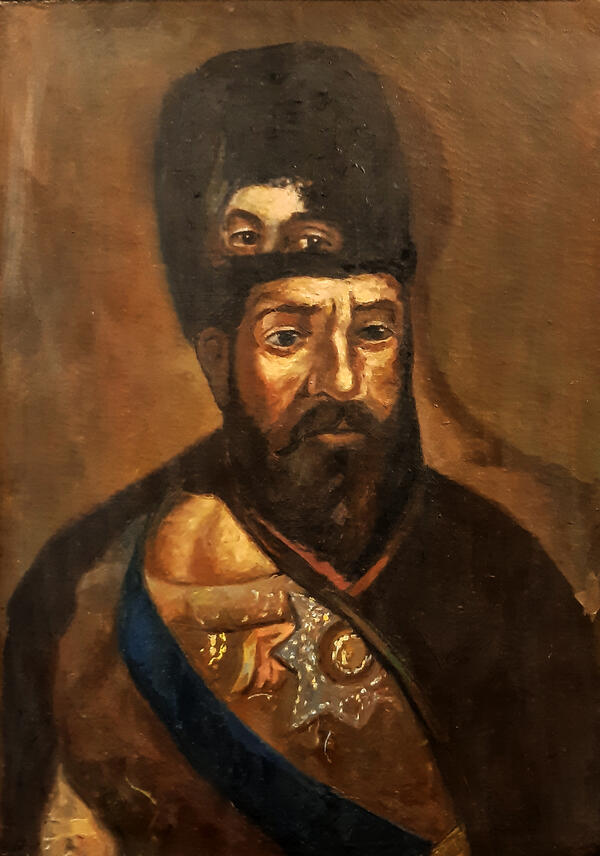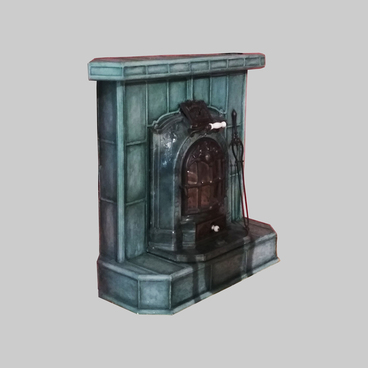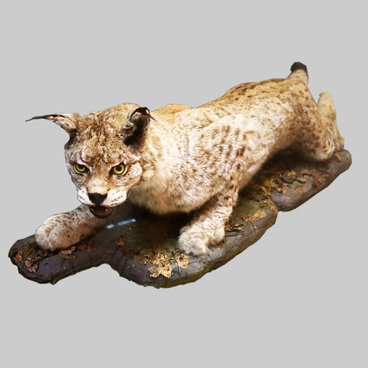The collection of the State Museum of the South Ural History includes a portrait of Yemelyan Pugachev painted by an unknown author over another portrait of an unknown woman. This painting is a copy made in the second half of the 20th century. The original is stored at the State Historical Museum. It was discovered in 1924 in the museum’s reserve fund, to which it was donated from the private collection of Nikolay Ermolov, a nephew of General Alexey Ermolov. Some believe that the portrait was created by a raskolnik (a dissenter from the Russian Orthodox Church) icon painter.
The inscription in the upper part of the portrait’s front side says ‘September 1773’. The inscription on the back names the person who ordered the portrait: ‘Yemelyan Pugachev, a man of our Orthodox faith from a Cossack village. Belongs to Ivan, a son of Prokhor, of the same faith. Painted on September 21, 1773. " The date also helped pinpoint the exact location where the portrait had been painted: Ilek town, which Pugachev visited on September 20–22, 1773. There he lived in the house of one of his supporters, Cossack Tvorogov, and there, local silversmiths carved personal seals for him.
The State Historical Museum restored the painting, revealing part of the background and the lower left corner of the portrait, where Pugachev’s Cossack caftan (a men’s long suit with tight sleeves) can be seen. That was when the well-preserved portrait of an unknown woman was discovered under the top coat of paint. In Soviet times, there was a legend that the image underneath was a copy of an unknown portrait of Empress Catherine II.
Yemelyan Pugachev played a major role in the history of the Southern Ural. There was considerable social tension in the region in the 18th century. The plight of the taxed estates and Cossacks, along with the discontent amid the Bashkir population and the Old Believers, resulted in the Peasants' War of 1773–1775. The uprising began in September 1773 in the town of Yaitsky and quickly spread to the majority of the Southern and Middle Ural and the Volga region. The uprising was also supported by the mining plants of the Southern Ural. From November 1773 to June 1774, Pugachev’s detachments fought on the territory of the modern Chelyabinsk region. The Pugachevites held the Chelyabinsk fortress for two months, from February 8 to April 10, 1774. Some 24 Ural mining plants were burned down and plundered as a result of the Peasants' War, and other 34 plants were partially damaged. Eight fortresses and 17 redoubts were also destroyed, with 21 fortresses damaged.
The inscription in the upper part of the portrait’s front side says ‘September 1773’. The inscription on the back names the person who ordered the portrait: ‘Yemelyan Pugachev, a man of our Orthodox faith from a Cossack village. Belongs to Ivan, a son of Prokhor, of the same faith. Painted on September 21, 1773. " The date also helped pinpoint the exact location where the portrait had been painted: Ilek town, which Pugachev visited on September 20–22, 1773. There he lived in the house of one of his supporters, Cossack Tvorogov, and there, local silversmiths carved personal seals for him.
The State Historical Museum restored the painting, revealing part of the background and the lower left corner of the portrait, where Pugachev’s Cossack caftan (a men’s long suit with tight sleeves) can be seen. That was when the well-preserved portrait of an unknown woman was discovered under the top coat of paint. In Soviet times, there was a legend that the image underneath was a copy of an unknown portrait of Empress Catherine II.
Yemelyan Pugachev played a major role in the history of the Southern Ural. There was considerable social tension in the region in the 18th century. The plight of the taxed estates and Cossacks, along with the discontent amid the Bashkir population and the Old Believers, resulted in the Peasants' War of 1773–1775. The uprising began in September 1773 in the town of Yaitsky and quickly spread to the majority of the Southern and Middle Ural and the Volga region. The uprising was also supported by the mining plants of the Southern Ural. From November 1773 to June 1774, Pugachev’s detachments fought on the territory of the modern Chelyabinsk region. The Pugachevites held the Chelyabinsk fortress for two months, from February 8 to April 10, 1774. Some 24 Ural mining plants were burned down and plundered as a result of the Peasants' War, and other 34 plants were partially damaged. Eight fortresses and 17 redoubts were also destroyed, with 21 fortresses damaged.



